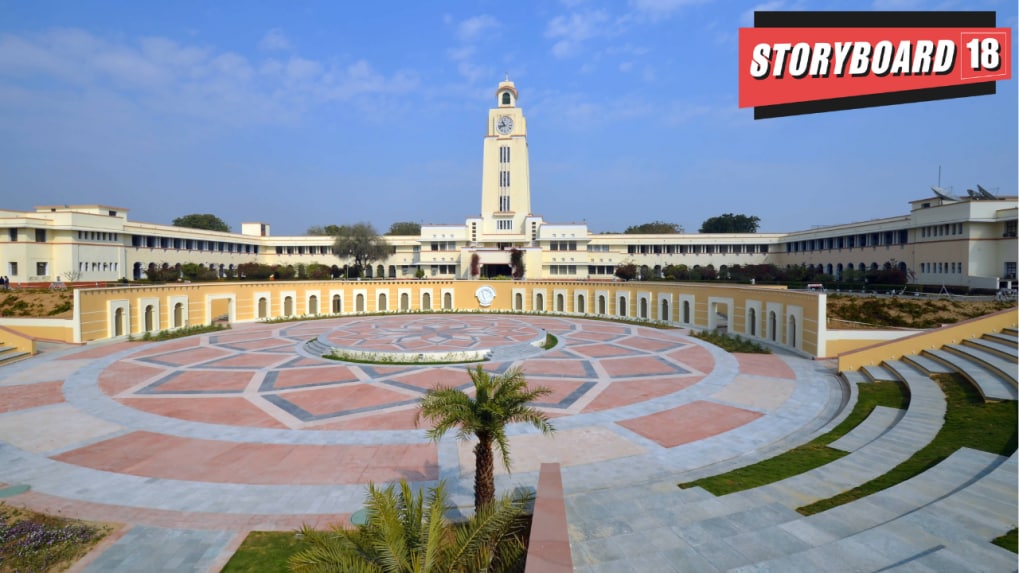Brand Makers
Dil Ka Jod Hai, Tootega Nahin

Aon's Campus Study Report 2025-26 highlights a shift in business sentiment, with 73 percent of organisations anticipating moderate to high growth. Key sectors driving this optimism are financial institutions, life sciences and consumer goods. This positive outlook is reflected in stronger hiring intent, showing a significant improvement over 2024. Notably, sectors such as information technology, industrial and materials, and healthcare are experiencing marked growth. Over 40 percent of surveyed companies plan to expand their workforce by more than 10 percent in FY26, signalling a broader job market recovery and positioning India favourably amidst global economic challenges.
Despite this rebound, compensation growth remains modest across tiers and qualifications. Organisations are focusing on performance incentivisation through variable pay, ranging from 10 to 12 percent. While masters in business administration (MBA) and engineering graduates have seen slight increases in total cost to company (TCC), the rise is primarily driven by variable pay and joining bonuses rather than fixed pay. For instance, 67 percent of organisations offer short-term incentives or variable pay to MBA graduates.
“India’s campus hiring is evolving,” said Roopank Chaudhary, partner and head of data solutions for Aon in India. “Organisations are moving from mass recruitment to focusing on candidates with the right skills, early engagement, and long-term retention. By prioritising skill alignment and developing talent through internships and workshops, companies can attract, nurture, and retain a workforce that meets their business needs and is ready for the future.”
The study further reveals that organisations are increasingly prioritising culture alignment, recognising its critical role in employee retention and performance. Fifty three percent of respondents see a direct correlation between performance and culture, highlighting the importance of cultural alignment in driving performance. Nearly 90 percent of organisations participating in the survey assess cultural fit during the hiring process, often through HR interviews and behavioural assessments.
Diversity especially with regards to gender has become a focus area for nearly half of the surveyed organisations, with 50 percent setting gender ratio target across different talent cohorts. This indicates a growing emphasis on gender representation in the workforce. Additionally, over 30 percent of the organisations visited colleges outside their preferred list to fulfil gender ratio requirements, highlighting gender ratio targets as a top priority for firms.
The report also notes that internships have emerged as a strategic pipeline, with over 70 percent of organisations offering pre-placement interviews or offers to high-performing interns.
“Campus hiring is no longer just about filling roles—it’s about shaping the future of the organisation,” said Saachi Verma, associate director, Talent Solutions for India at Aon and lead author of the study. “While there is a clear focus on strategic hiring, diversity, equity and inclusion and early attrition management, organisations must prioritise building a strong learning and development program that aligns with the expectations of new roles. To attract and retain top talent, companies must design compelling employee value propositions that go beyond compensation—building a robust learning and development program to make their workforce future ready.”
"The raucous, almost deafening, cuss words from the heartland that Piyush Pandey used with gay abandon turned things upside down in the old world order."
Read MoreFrom OpenAI’s ChatGPT-powered Atlas to Microsoft’s Copilot-enabled Edge, a new generation of AI-first browsers is transforming how people search, surf and interact online — and reshaping the future of digital advertising.